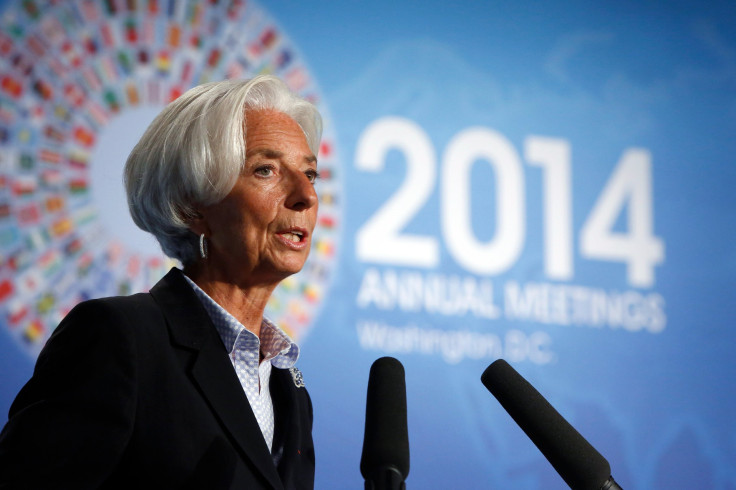Worries Of Global Deflation, Slow Economic Growth Are Increasing

Recent volatility in financial markets, slow global economic growth, falling consumer prices and other signs highlight a concern among monetary policymakers and market watchers that the risk of deflation in the world’s economy is increasing. And if prices fall far enough and long enough, the economy could spiral into a worldwide recession.
Though consumers’ money stretches further when prices fall, the profits of businesses erode, which tends to cause higher rates of unemployment thereby reducing consumer spending. And when people expect prices will fall in the future, they will spend less in the present, further weakening demand and dragging down prices. Deflation also increases the costs of borrowing, discouraging business investment and making it harder for existing borrowers to pay back loans.
To counteract risks of deflation and falling inflation, central banks can cut interest rates, reducing borrowing costs, or buy government assets, pouring money into the economy. But central banks already slashed interest rates to record lows and deployed large-scale purchases of government bonds to recover from the financial crisis of 2008-2009. Now policymakers have fewer tools in their belt to coax the global economy into stronger growth, though deflationary pressures are hovering.
Annual inflation in the eurozone has fallen to a five-year low and far below the European Central Bank’s 2 percent target. Consumer price growth in the eurozone fell to 0.3 percent in September, down from 0.4 percent in August and July, 0.5 percent in June and May and 0.7 percent in April. Italy suffered its second straight month of 0.2 percent price declines in September, and Spain has also seen deflation in recent months.
“The further dip in eurozone consumer price inflation fuels concern that prolonged very weak inflation could morph into deflation,” Howard Archer, chief European economist for IHS Global Insight, said in an email.
On the ground, that means weaker business. Switzerland-based chocolate-maker Nestlé said Thursday that its sales in the first nine months of the year slid 3 percent from the same period last year, due in part to weak consumer spending curbing the company's ability to raise prices.
Many other signs indicate that global economic growth is slowing, adding to fears of deflation:
- Exports in Germany, Europe’s largest economy, plunged in August, as international demand fell, adding to fears of a third recession in the eurozone in six years.
- In China, high levels of corporate debt, a reeling property market and industrial overcapacity indicate that Beijing may miss its growth target of 7.5 percent, an analyst at Banking Group Ltd. said in a research note this month.
- Japan’s economy recently has continued to stagnate, as the government increased a sales tax this year and consumption growth and industrial output have fallen.
- Emerging markets such as South Africa and Brazil are now struggling.
- The U.S. is growing faster after years of slow growth, but slower growth overseas could weigh down the nation.
Meanwhile, bond yields have fallen to new lows. Yields on U.S. Treasury notes have fallen to 2.09 percent, the lowest level since June 2013 and down a percentage point over the year. German 10-year yields fell to a record low of 0.84 percent this week, and Spanish bonds have fallen to their lowest level in more than five years. Also, crude oil futures are at their lowest level since June 2012, as producers in the U.S. and Saudi Arabia pump out more than consumers demand.
Investor worries about the global economy continued, pushing stocks lower Thursday morning. U.S. stocks finished down for the fifth straight day Wednesday, and European stock markets also sagged this week. The Stoxx Europe 600 index is at its lowest level since last December. The Dow Jones Industrial Average is down 6.6 percent from its Sept. 18 record close, and the S&P 500 is down 7.4 percent from its Sept. 18 record.
© Copyright IBTimes 2024. All rights reserved.












